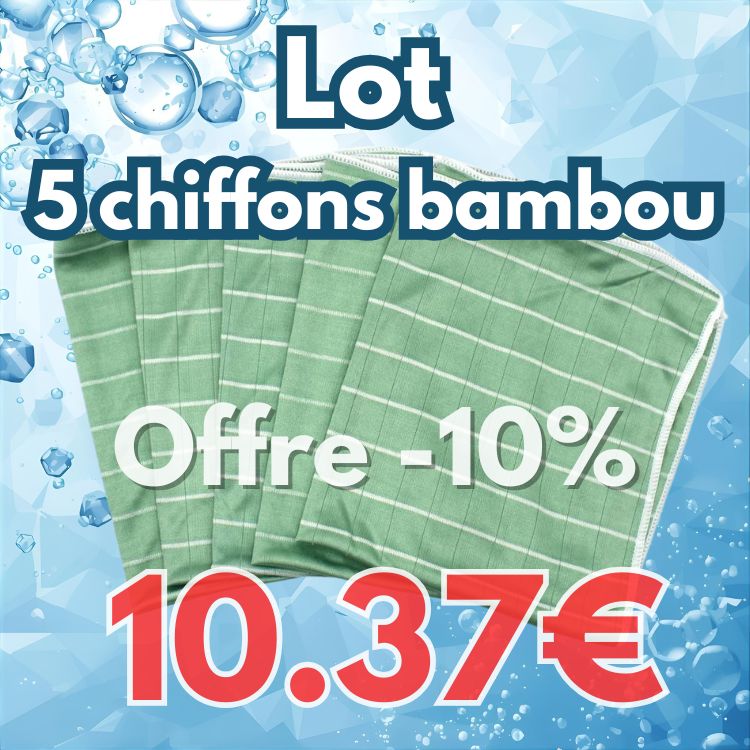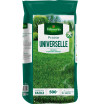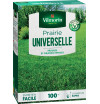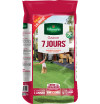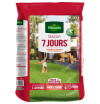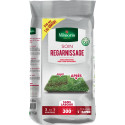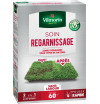
Choose the type of grass according to your needs - article 2/3
Welcome to our second blog post out of a total of 3 dedicated to showcasing the different types of grass we offer on our site. In our previous article, we discussed three types of grass: rustic grass, dry grass, and ultra-resistant grass. Today, we are going to introduce you to three other types of grass that we offer for sale: Self Repair turf, 7-day turf and Universal Prairie turf. We will explore the characteristics of each of these lawns, as well as their advantages and disadvantages, to help you make an informed choice for your outdoor space.
Lawn Care universal refilling
Self Repair grass is a type of grass that is becoming increasingly popular with homeowners and landscaping professionals. This type of grass is designed to regenerate quickly after wear or minor damage thanks to patented seed technology. In this article, we will look at the pros and cons of Self Repair grass, as well as tips for sowing and care.
Benefits of Self Repair grass
The main advantage of Self Repair grass is its ability to regenerate quickly after minor damage. This means grass can quickly replace damaged areas, making it an ideal choice for high-traffic areas like playgrounds, sports fields, and walkways. In addition, the grass varieties used to produce Self Repair grass are also known for their resistance to drought and common lawn diseases, making them an easy choice to maintain.
Disadvantages of Self Repair grass
The main disadvantage of Self Repair grass is that it can be more expensive than other types of grass due to the patented seed technology. Also, while Self Repair grass can regenerate quickly after minor damage, it may not be as resistant to significant damage as high-traffic areas.
Sowing and maintenance tips
The recommended planting period for Self Repair grass is usually in spring or fall, when temperatures are cooler and growing conditions are optimal. It is important to follow the manufacturer's instructions for the amount of seed to be sown and the appropriate sowing method for your area.
To keep your Self Repair grass healthy, it's important to follow proper care practices. This includes regular watering, regular mowing, fertilizing and weeding. You should also monitor damaged or worn areas and replace them as needed to maintain the overall health of your lawn.
Conclusion
Ultimately, Self Repair grass is an ideal choice for homeowners looking for easy-to-maintain grass that can regenerate quickly after minor damage. Although this type of grass can be more expensive than other types, it offers benefits such as resistance to drought and common lawn diseases. If you are looking for a durable and easy-to-maintain lawn, Self Repair grass may be the ideal solution for you.
Turf 7 days
7-day turf is a type of hybrid turf specifically designed to be stronger and faster to grow than other types of turf. It was developed using a combination of premium grass seeds and rapid release fertilizers. If you're looking for grass that can grow quickly and look green, healthy in just a few days, 7-day grass might be what you're looking for.
The advantages of 7-day grass
The main advantage of 7-day grass is its ability to grow quickly. In just 7 days, you can see the first grass shoots appear on your lawn. What's more, this type of grass is also drought resistant, meaning it can survive periods of dry weather without wilting or drying out.
7-day grass is also disease resistant, which means you won't have to worry about brown spots appearing on your lawn. It's also insect resistant, meaning you won't have to use chemicals to control pests.
The disadvantages of grass 7 days
The main disadvantage of 7-day grass is that it requires a significant amount of water to grow quickly. If you live in an area where there is little rainfall, you may need to water your lawn more often than you would like to keep your lawn healthy for 7 days. In addition, this type of grass can be more expensive than other types of grass.
Sowing and maintenance tips
7-day grass should be sown in spring or autumn, when the soil temperature is between 10 and 20 degrees Celsius. To sow the grass 7 days, you need to prepare the soil by plowing and leveling it. Then you can sow the seeds by hand or using a lawn spreader.
For maintenance, you need to water your lawn regularly to keep your lawn healthy for 7 days. You should also mow your lawn regularly to maintain a cutting height of 5 to 7 cm. Finally, you need to fertilize your lawn with a nitrogen-rich fertilizer to promote healthy and fast growth.
Other useful information : 7-day turf can be used for a variety of applications, including sports fields, parks, gardens and residential lawns. It is also available in several varieties, each with its own characteristics.
For the best results with 7-day turf, here are some sowing and maintenance tips:
The recommended planting period for this turf is from March to September. It is important to prepare the soil by leveling it, removing weeds and fertilizing it before sowing.
7-day grass needs regular watering to grow well. It is recommended to water lightly every day for the first two weeks after germination, and then reduce the frequency of watering to once or twice a week.
When it comes to maintaining the 7-day lawn, it is important to mow it regularly to prevent it from becoming too long and to encourage denser growth. It is recommended to mow once a week at a height of 5-7 cm.
Finally, it is advisable to fertilize the grass every two months or so to maintain healthy and dense growth.
Other information : 7-day grass is ideal for homeowners who have limited time for garden maintenance because it requires less mowing than other types of grass. In addition, its rapid growth makes it perfect for areas that need flooring quickly, such as areas damaged by pedestrian traffic or construction work.
Conclusion
7-day grass is a great choice for people who are looking for a lawn that is easy to maintain, grows fast and requires little mowing. While it may not be as tough as other types of grass, it's perfect for areas that need flooring quickly. By following the sowing and maintenance tips, you can enjoy a beautiful lawn in a short time.
Universal grassland grass
Universal grassland grass is a mixture of several grass species, selected for their robustness, rapid regeneration capacity and adaptability to different types of soils and climates. This turf is often used to create lawns for a variety of uses, such as sports fields, kitchen gardens, public parks or urban green spaces.
Benefits:
The main advantage of universal grassland grass is its great versatility, which allows it to adapt to many environments and situations. This lawn is highly resistant to trampling, drought and disease, making it an ideal choice for high-traffic areas or harsh climates. In addition, universal grass grass has a rapid and regular growth, which makes it possible to limit sowing times and obtain a dense and homogeneous lawn in record time.
Disadvantages:
The main disadvantage of universal grass grass is its relatively rustic and unsightly appearance, which may not suit all tastes. In addition, this lawn may be less suitable for very wet or high limestone soils, where other types of grass may be more efficient.
Sowing and care tips:
Universal grassland grass can be sown in spring or fall, on well-prepared and weeded soil. It is advisable to add organic or mineral fertilizer before sowing, to promote the growth and density of the lawn. For maintenance, it is recommended to regularly mow the lawn, adjusting the cutting height according to the season and weather conditions. It is also important to water the lawn in case of prolonged drought and fertilize it at least once a year, to maintain its vigor and health.
Other information:
Universal grassland grass is composed of several species of grasses, such as red fescue, timothy, bluegrass or English ryegrass. This combination of species results in a strong and durable lawn that can withstand a wide variety of uses and conditions. In addition, universal grass can be used in combination with other types of grass, to create specific patterns or areas in the lawn.
Conclusion:
Universal grass grass is a smart choice for people looking for a versatile, resistant and easy-to-maintain lawn. Although it can have some disadvantages in terms of aesthetics or adaptability, this type of grass offers many practical and economic advantages, which make it a popular choice among both amateur and professional gardeners.
Share this content

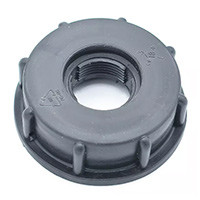
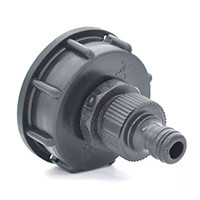

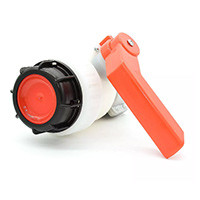

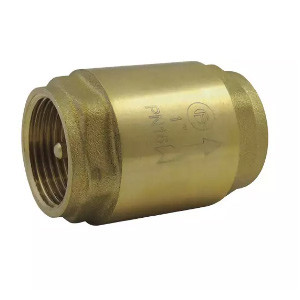
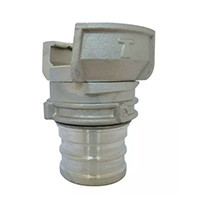
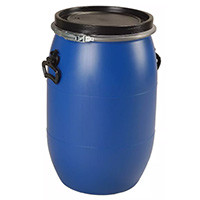
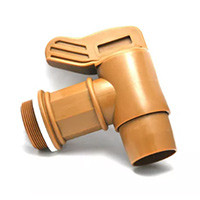
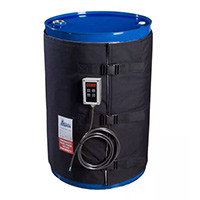
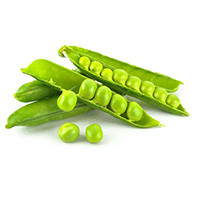

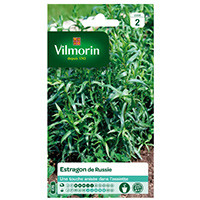

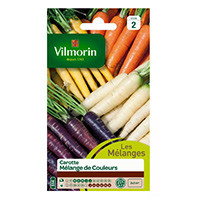



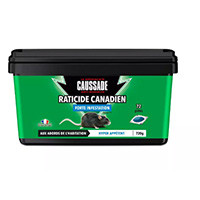

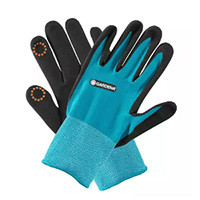
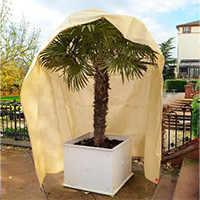
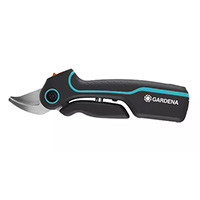

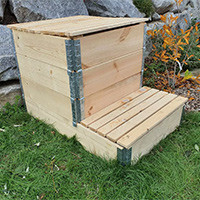
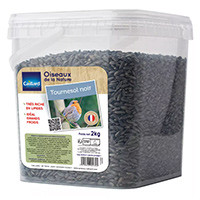
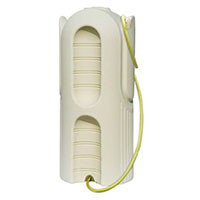
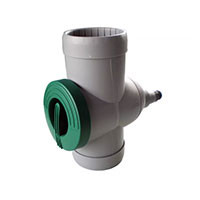
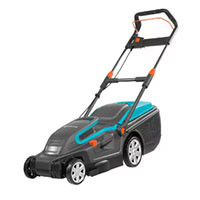
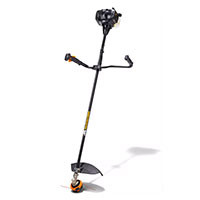
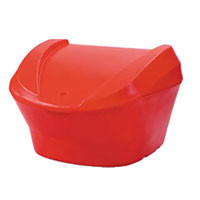
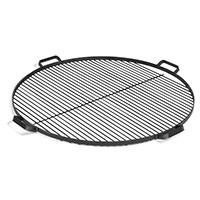
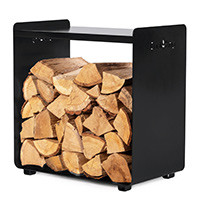
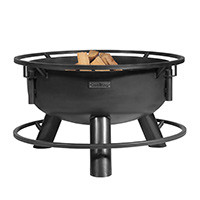
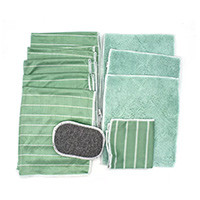
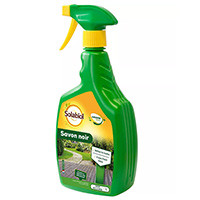

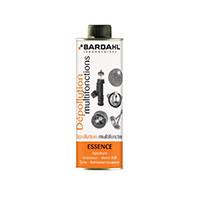
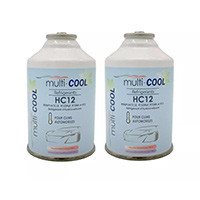
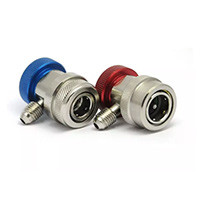

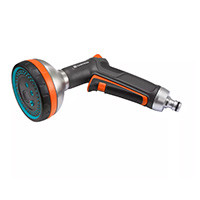
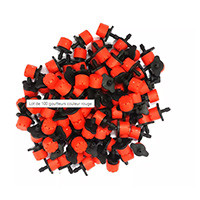

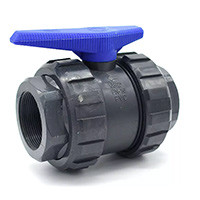
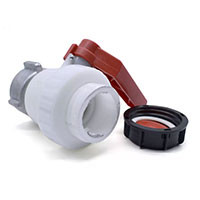
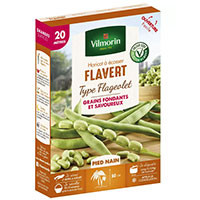
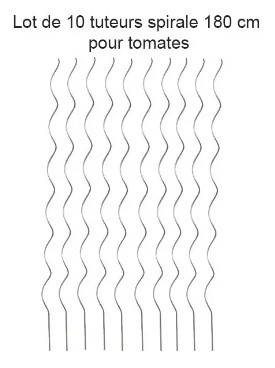
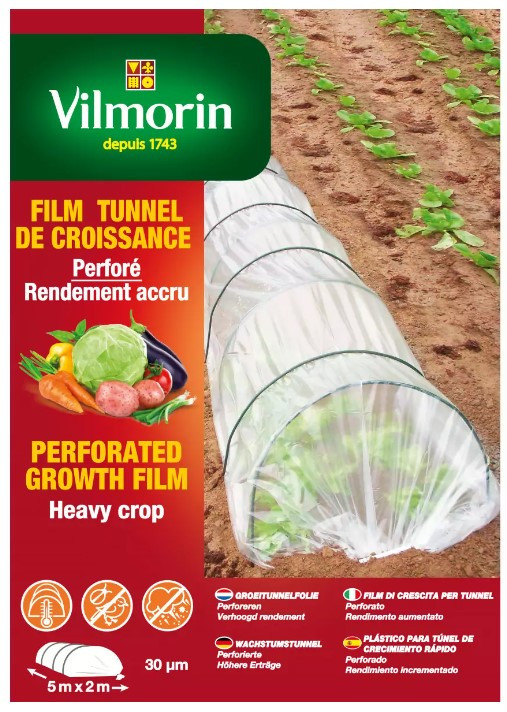
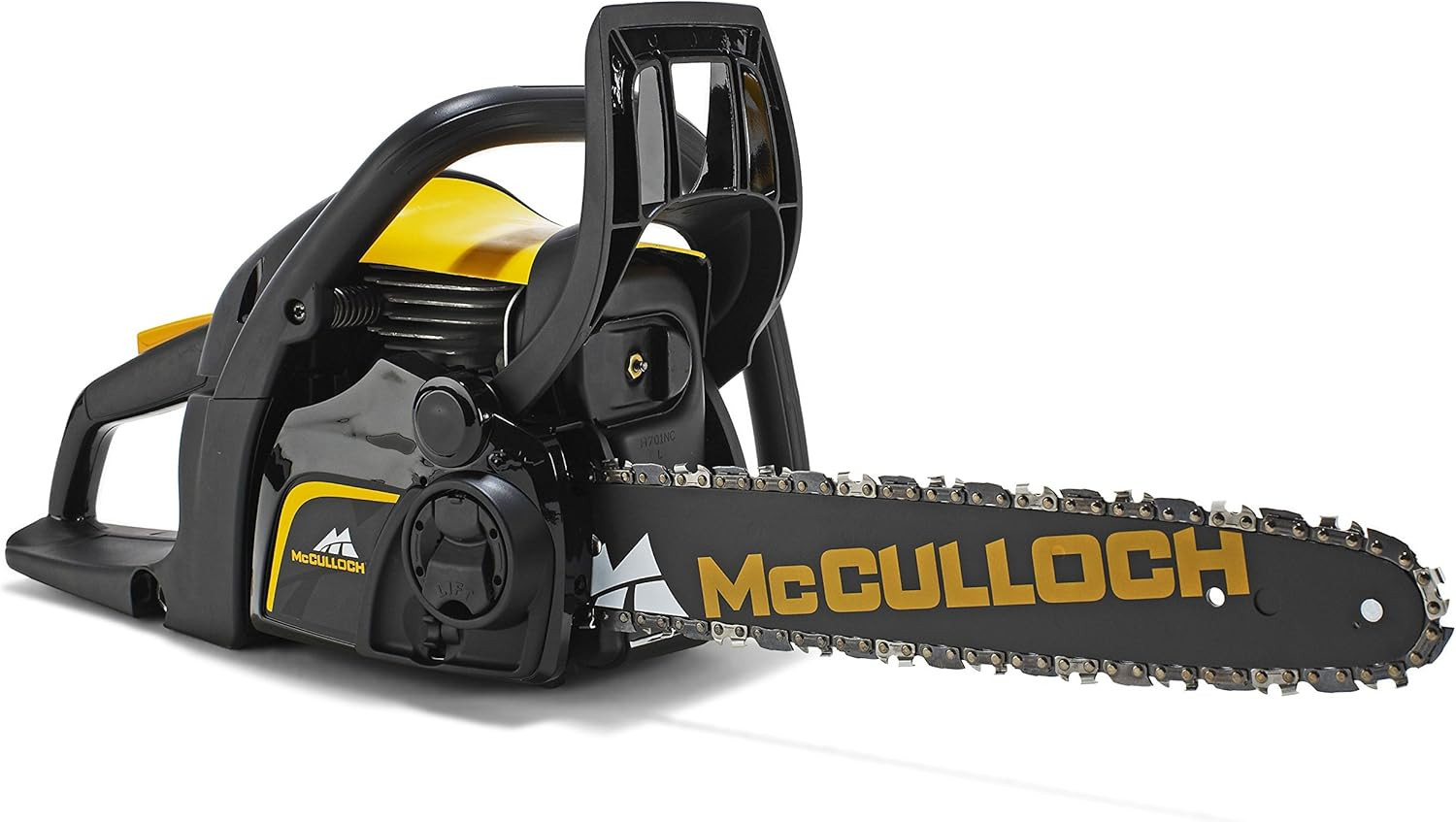
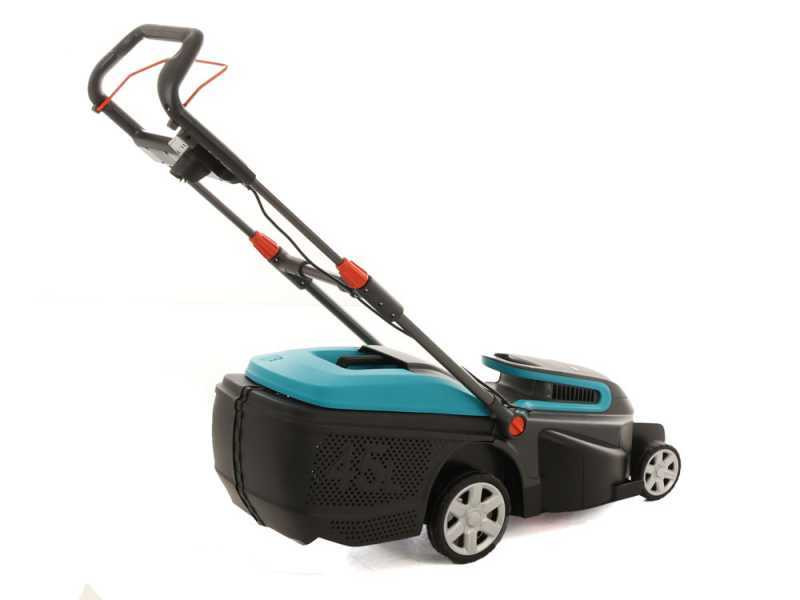



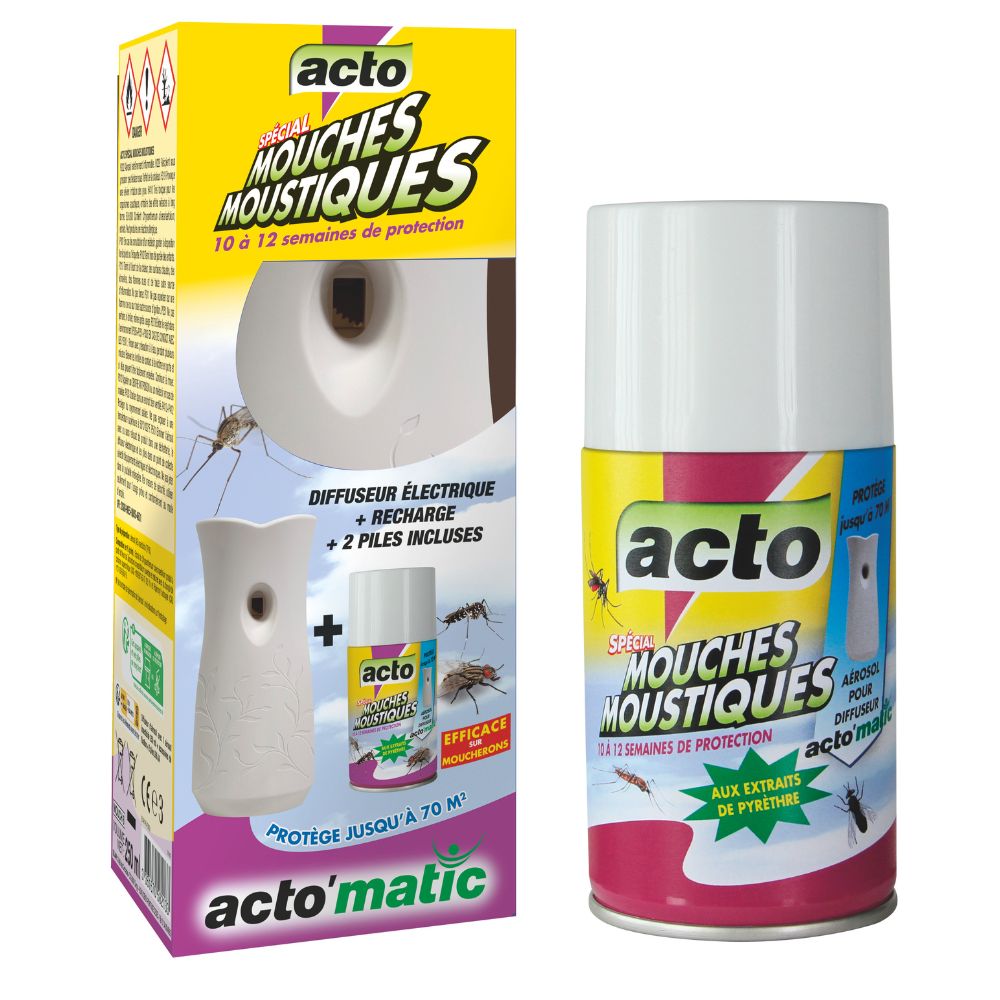
_688cc30f83e4e.jpg)

